Venturing alone into America’s wilderness offers a profound connection with nature and an unparalleled sense of freedom. Solo hiking on remote trails provides solitude, self-reliance, and the opportunity to experience the natural world at your own pace. However, this rewarding adventure requires thoughtful preparation and respect for the wilderness. Remote trails present unique challenges—from navigating unmarked paths to handling emergency situations without immediate assistance. This guide offers fourteen essential tips to help you safely explore the most isolated corners of America’s natural landscapes while maximizing the transformative experience of solo wilderness travel.
Research and Plan Your Route Extensively

When tackling remote trails alone, thorough research becomes your most valuable tool before taking a single step. Study topographic maps, trail descriptions, recent trip reports, and weather patterns to develop a comprehensive understanding of what you’ll face. Identify potential water sources, camping locations, and difficult sections that might require extra caution or alternative routes. Calculate realistic daily mileage based on terrain difficulty, elevation changes, and your personal fitness level rather than optimistic estimates. Share your detailed itinerary with at least two trusted contacts, including anticipated camping locations for each night and your expected return date, with clear instructions on when and whom to contact if you don’t check in on schedule.
Invest in Navigation Redundancy
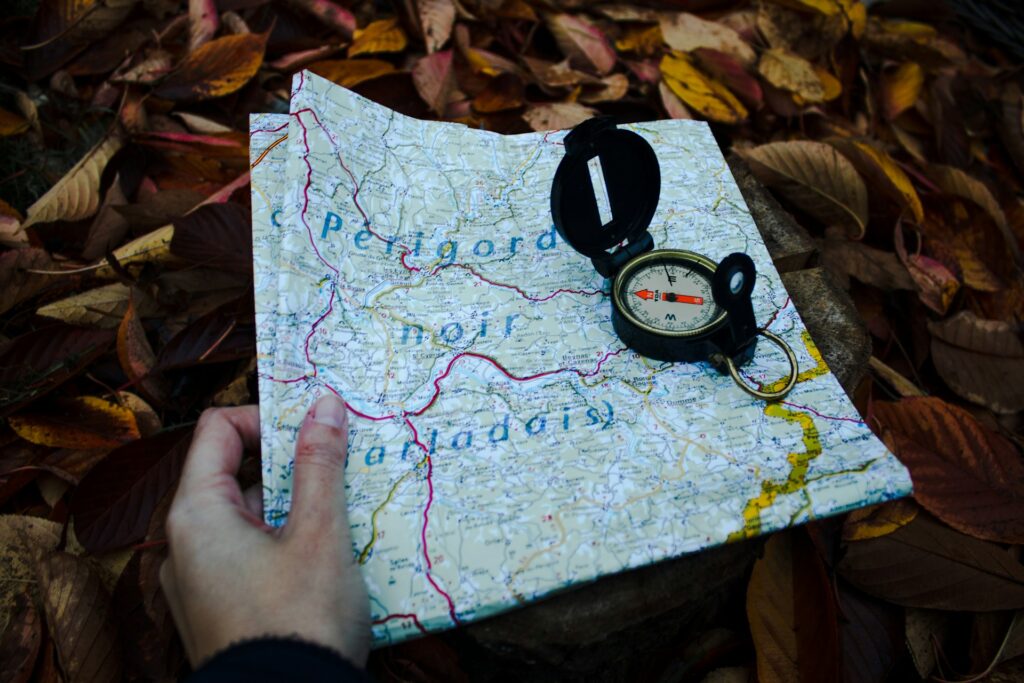
On remote trails where path markings may be sparse or non-existent, navigation failures can lead to dangerous situations. Carry at least three navigation tools: a detailed paper map in a waterproof case, a compass you’re proficient with, and a GPS device with extra batteries or a solar charger. Before departing, take time to practice navigation skills in less remote areas, including taking bearings, reading topographic features, and using natural navigation techniques. Download offline maps to your phone as yet another backup, but never rely solely on digital tools that can fail when batteries die or in areas with no reception. Familiarize yourself with prominent landmarks visible from your route that can serve as orientation points if you become disoriented.
Pack Essential Safety Equipment
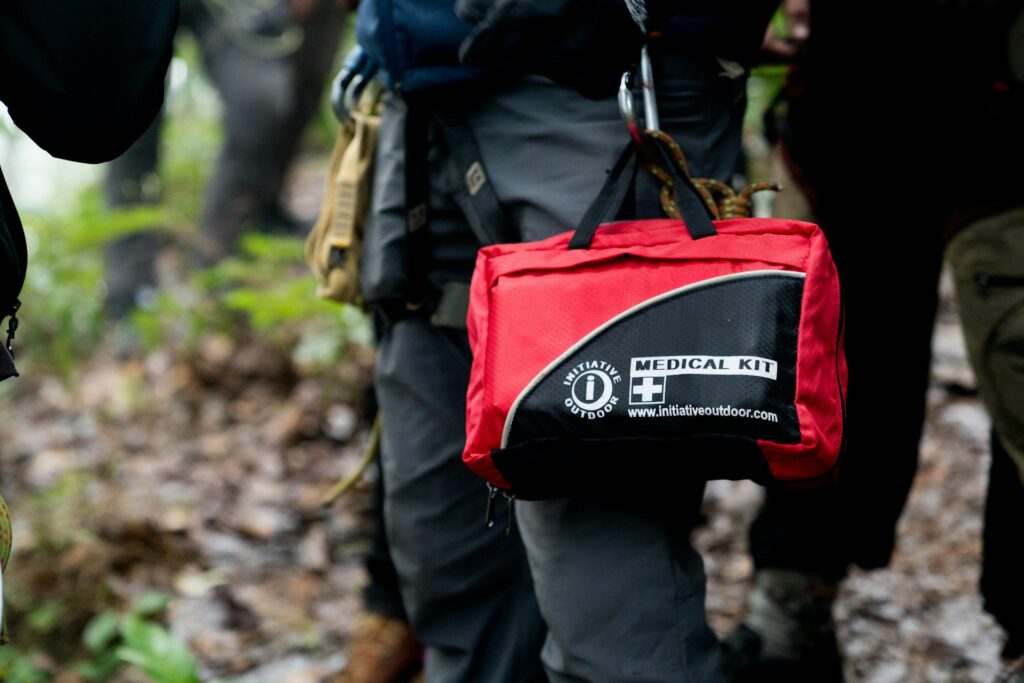
Remote wilderness demands specialized safety gear that exceeds what you might carry on popular trails. A satellite communicator like a Garmin inReach or SPOT device provides emergency communication capability where cell service is nonexistent. Carry a comprehensive first aid kit tailored to wilderness situations, including materials for wound care, splinting, and medications for common wilderness ailments. Include a signaling mirror, whistle, and brightly colored tarp that can be used for emergency signaling to search parties. An emergency shelter like a bivy sack or lightweight tarp offers crucial protection if you’re injured or stranded overnight in unexpected conditions, potentially preventing a minor setback from becoming life-threatening.
Master Weather Interpretation
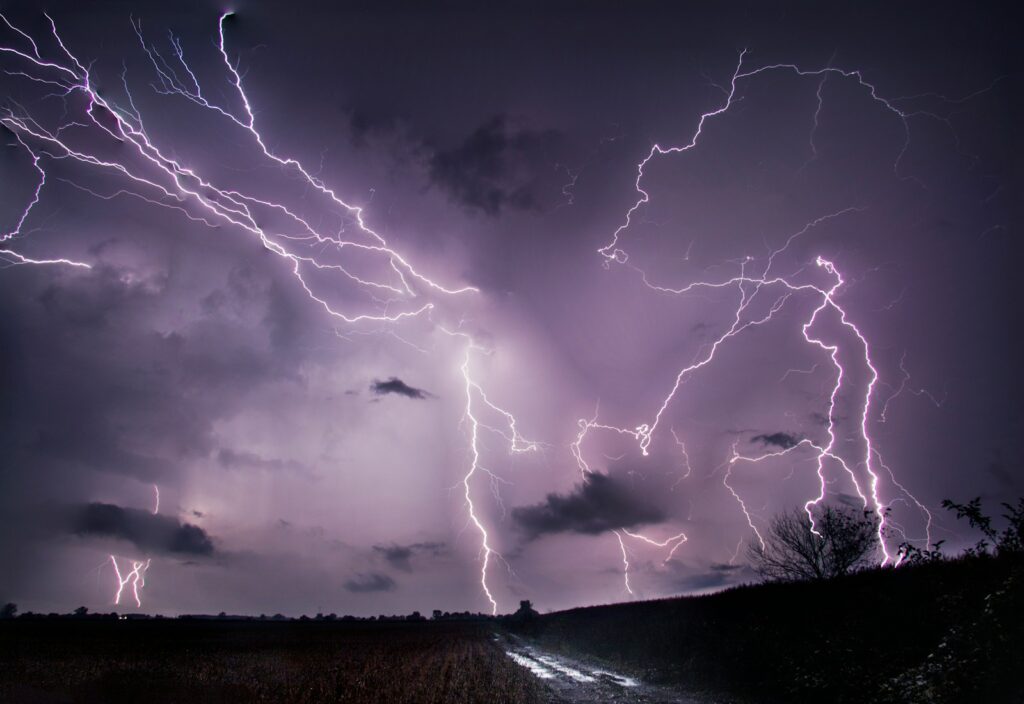
Weather in remote regions can change dramatically with little warning, especially in mountainous terrain where conditions vary by elevation and aspect. Learn to read cloud formations, wind patterns, and barometric pressure changes that might signal approaching storms. Understand how weather typically moves through your specific hiking region and the seasonal patterns that influence conditions. Pack clothing that anticipates the worst possible conditions for your hiking season, even if forecasts look favorable. Identify potential escape routes along your journey where you can quickly descend or find shelter if threatening weather develops, and don’t hesitate to use them even if it means adjusting your planned itinerary.
Develop Advanced Water Management Skills

Water strategy becomes significantly more complex on remote trails where reliable sources may be scarce and water quality unpredictable. Research seasonal water availability along your route, understanding that even “reliable” sources can dry up during drought conditions. Carry capacity for at least 3-4 liters of water, plus additional collapsible containers for dry stretches where you’ll need to carry more. Master multiple water purification methods—chemical treatment, filtration, and boiling—to ensure you can make water safe regardless of source conditions or equipment failures. Develop the discipline to hydrate properly even when water is limited, and learn to recognize the early signs of dehydration which can severely impair judgment when hiking alone.
Practice Wildlife Awareness and Safety

Remote trails often mean increased wildlife encounters, requiring knowledge of local species and appropriate responses. Research the specific predators and dangerous animals native to your hiking region, including their typical behavior patterns and seasonal activities. For bear country, carry proper deterrents like bear spray and learn proper food storage techniques using bear canisters or proper hanging methods. Make deliberate noise while hiking through dense vegetation or approaching blind corners to avoid startling animals, but remain quiet enough to appreciate wildlife from appropriate distances. Learn to identify animal tracks and signs that indicate their recent presence, which helps you maintain awareness of what creatures are active in your vicinity.
Build Physical and Mental Resilience

Solo hiking on remote trails demands both physical conditioning and psychological preparation beyond what casual hiking requires. Implement a training regimen that mimics the conditions you’ll face, including hiking with a full pack, negotiating similar terrain, and practicing the specific skills you’ll need like stream crossings or scrambling. Work on developing mental toughness through progressive challenges, learning to manage discomfort, fear, and uncertainty before facing them in remote settings. Practice mindfulness techniques that can help you remain calm and make rational decisions during stressful situations when alone in the wilderness. Understand that mental fatigue can be as dangerous as physical exhaustion, and build strategies for maintaining morale during difficult stretches of your journey.
Master Efficient Camping Techniques
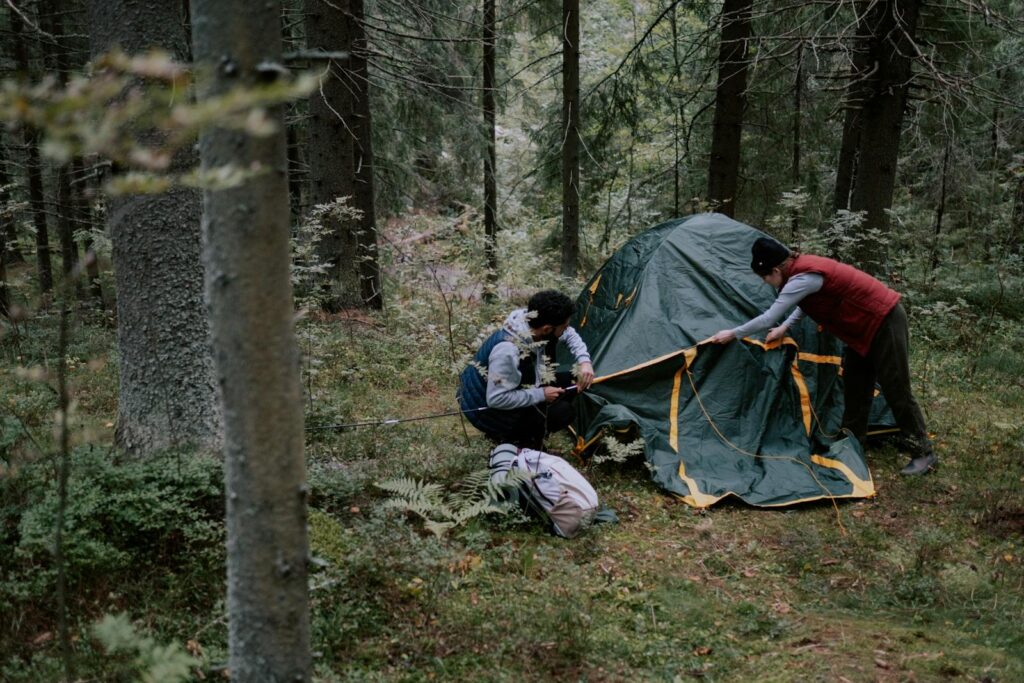
In remote environments, your campcraft skills directly impact your safety, comfort, and leave-no-trace ethic. Perfect the art of selecting proper campsites that offer protection from potential hazards like falling branches, flash floods, or wildlife corridors. Develop a systematic routine for making and breaking camp efficiently to conserve energy and ensure you don’t leave essential gear behind. Learn to properly secure your camp against variable weather conditions, including unexpected precipitation and high winds that frequently occur in remote areas. Practice food storage techniques that minimize smells and protect your supplies from wildlife while adhering to specific regulations for the wilderness area you’re visiting.
Carefully Consider Gear Selection
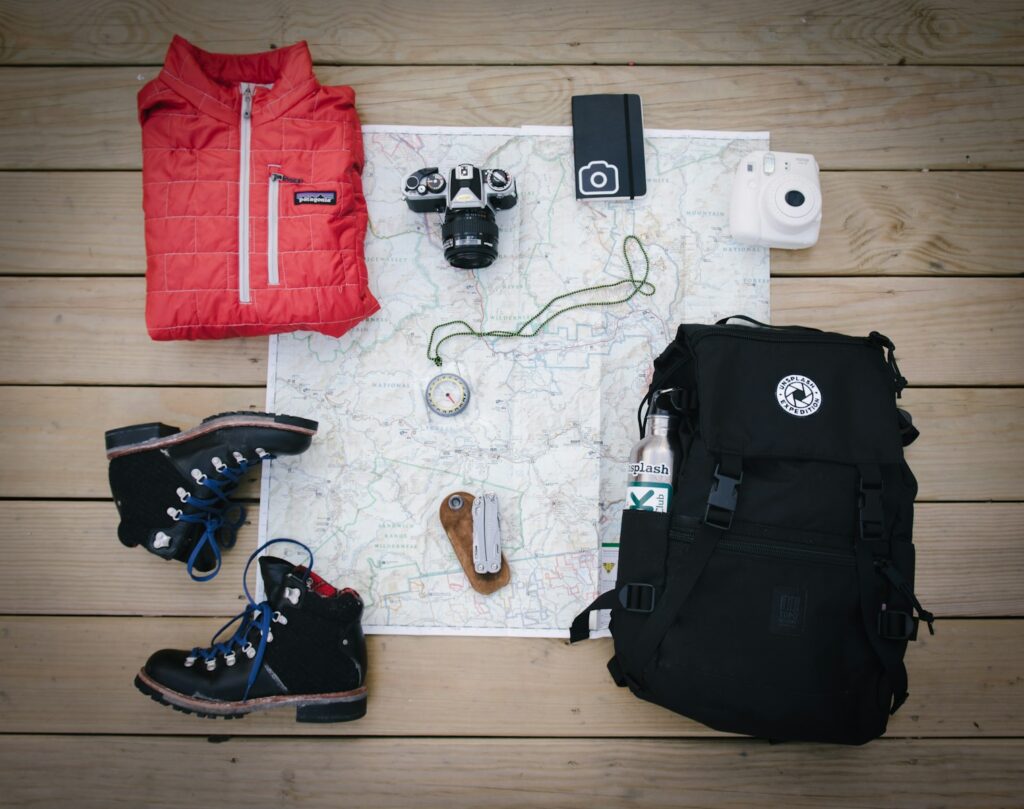
Remote hiking demands equipment that balances reliability, weight, and functionality for extended periods without access to replacement or repair. Invest in high-quality, lightweight gear that has proven reliable through multiple shorter trips before trusting it on remote adventures. Carry repair kits specific to your essential equipment—tent, sleeping pad, water filter, and footwear—with the knowledge to perform field repairs. Test all equipment thoroughly before your trip, including pitching your tent in darkness and rain to ensure you can handle adverse conditions when tired. Consider carrying certain redundant items for critical functions like fire starting, water purification, and insulation, where a single point of failure could create dangerous situations.
Develop Advanced First Aid Knowledge

When help may be days away, basic first aid knowledge proves insufficient for managing potential emergencies. Consider taking a Wilderness First Responder or Wilderness First Aid course specifically designed for situations where evacuation is not immediately possible. Learn to improvise medical solutions with limited supplies, including creating splints from natural materials or fashioning pressure bandages from clothing. Practice scenarios that simulate injuries you might sustain while alone, including how you would self-treat and make evacuation decisions. Understand the psychological components of wilderness emergencies, including how to manage pain, fear, and decision-making when injured and alone in remote settings.
Create a Sustainable Pace Strategy

Remote trail hiking requires energy management across multiple days where maintaining consistent forward progress is essential for safety. Develop a sustainable hiking rhythm that you can maintain for hours without exhaustion, typically slower than you might hike on well-maintained trails. Schedule regular short breaks before you feel tired, which prevents the accumulation of fatigue that can lead to poor decisions or injuries. Create a flexible daily schedule that builds in extra time for navigation challenges, unexpected terrain difficulties, or simply enjoying remarkable places you discover. Learn to recognize your personal signs of overexertion and be willing to adjust your plans rather than pushing beyond safe limits when no one is there to assist you.
Practice Effective Decision-Making

Solo remote hiking removes the safety net of group decision-making, requiring refined judgment skills when facing uncertain situations. Develop a personal risk assessment framework that helps you evaluate hazards objectively rather than making emotional decisions in the moment. Create mental trigger points for turning back or choosing alternate routes before you encounter challenging situations, so decisions are made before fatigue or stress cloud your judgment. Practice the habit of verbalizing your decision-making process aloud, which can help identify flaws in your reasoning when there’s no hiking partner to provide perspective. Learn to recognize when “summit fever” or similar goal-oriented thinking might be overriding sensible safety considerations, particularly when you’ve invested significant effort to reach a remote location.
Master Energy and Food Management

Nutritional strategy becomes critical when hiking remote trails where resupply options don’t exist and energy demands are high. Calculate your caloric needs based on terrain difficulty, weather conditions, and daily mileage, then pack foods that provide approximately 3,000-4,000 calories per day for most hikers. Select foods with high caloric density to minimize weight while maximizing nutrition, including nuts, dried fruits, olive oil, and dehydrated meals that reconstitute well. Create a meal plan that requires minimal cooking fuel while providing psychological satisfaction through variety and flavors that boost morale. Develop a disciplined approach to rationing food that includes emergency reserves if your trip extends longer than planned due to injury or weather delays.
Embrace Solitude Mindfully
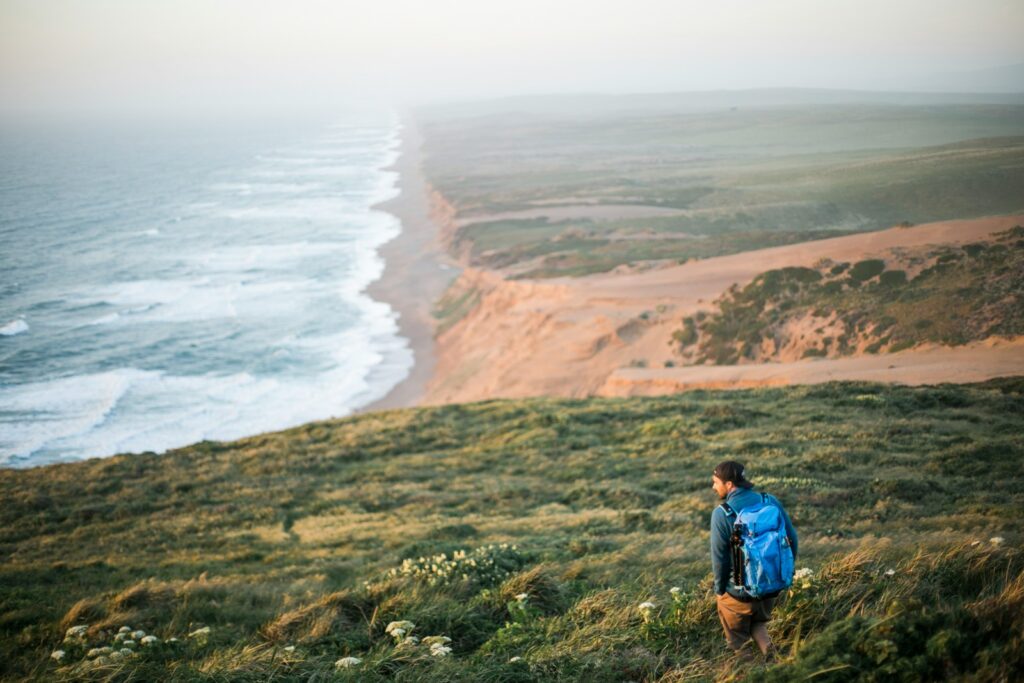
The psychological dimension of solo remote hiking presents both challenges and profound rewards that require intentional management. Develop practices that help you process fear and anxiety constructively, such as journaling, meditation, or speaking thoughts aloud to provide perspective. Create meaningful rituals that celebrate your connection with wild places, whether through photography, sketching, or simply dedicated time for observation without distraction. Learn to distinguish between productive solitude that refreshes the spirit and isolation that might trigger negative thought patterns, especially during challenging sections of your journey. Understand that the emotional elements of solo wilderness travel—from exhilaration to occasional loneliness—are integral parts of the experience that contribute to its transformative potential.
Solo hiking on remote trails represents one of the most rewarding and challenging outdoor experiences available in our increasingly connected world. The preparation required may seem daunting, but it creates the foundation for safe exploration of America’s most pristine natural environments. Beyond safety, these practices enhance your connection with the landscape and deepen your wilderness skills. Each remote journey builds competence and confidence that transfers to all aspects of life. By approaching solo hiking with respect for both the inherent risks and extraordinary rewards, you open yourself to profound experiences in the wild places that continue to define the American landscape. The solitude found on remote trails offers something increasingly rare—genuine adventure and the opportunity to experience nature on its own terms.

